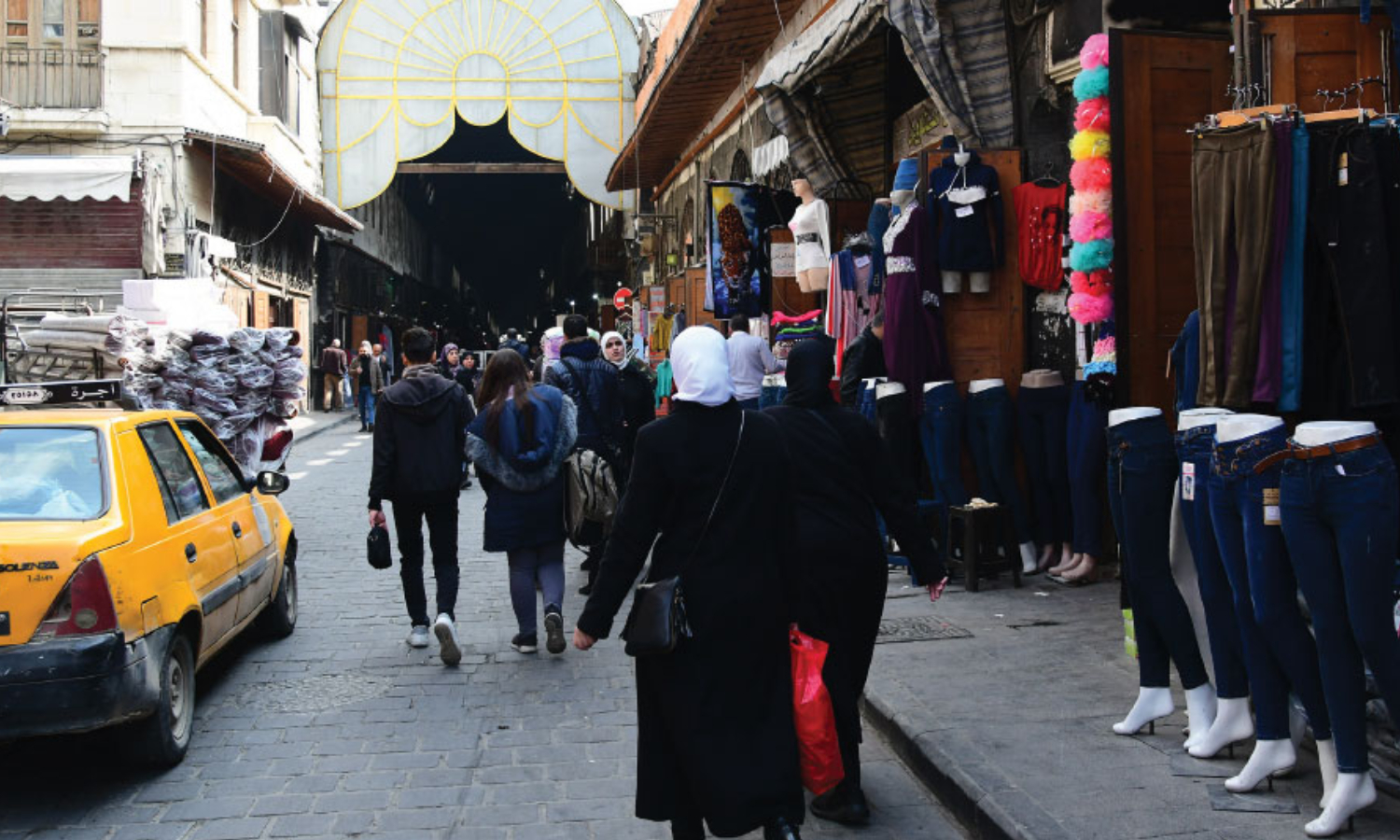Maher al-Zayat, a board member of the Syrian Trade Establishment and a member of the Association of Syrian Exporters of Clothes and Textiles, spoke of a decrease in clothing production in regime-controlled areas of Syria by nearly 50 percent from normal production levels.
Zayat explained the decline in clothing production with reference to several reasons. These factors include an inadequate labor force, power outages, and delayed arrival of gasoline, according to an interview with local radio Radio Melody FM on Sunday.
Zayat also explained that clothing prices this year will rise “slightly” due to rising prices for raw materials such as threads and fabrics around the world by about 15 percent on the one hand, and increases in freight costs and customs duties on the other.
According to Enab Baladi, the clothing markets are stagnating and market demand is low. Winter clothing prices have reached unprecedented levels, with the cost of one men’s winter jacket exceeding 130,000 Syrian pounds.
Read Also: Russian Offer to Manufacture COVID-19 Vaccine by Tamico in Syria
On the possibility of Syrian clothing factories relying on renewable energy, Zayat said that renewable energy would only be suitable for small workshops and homes. Zayat pointed out that large factories cannot rely on renewable energy because of the need to install them in “huge” areas, in addition to their high cost.
Overall price levels are witnessing almost daily, constant increases for basic goods and food products, further reducing the purchasing power of citizens in regime-controlled areas.
The average monthly salary of employees in Syria (in the private and public sector) is 149,000 Syrian pounds (32 USD), the website Salary Explorer reported.
Most Syrians rely on more than one source of income to try to balance wages with expenses. Most notably, Syrians rely on remittances from expatriates outside Syria and working second jobs. Families also cut back on basic expenses in order to reduce their overall spending.
On September 14th, the United Nations Office for the Coordination of Humanitarian Affairs (OCHA) revealed that nine out of 10 Syrians live below the poverty line.
This article was translated and edited by The Syrian Observer. The Syrian Observer has not verified the content of this story. Responsibility for the information and views set out in this article lies entirely with the author.


